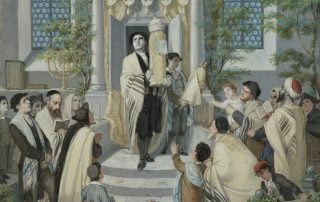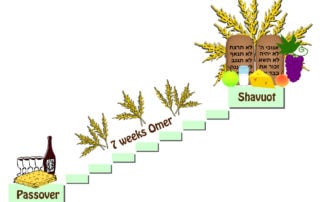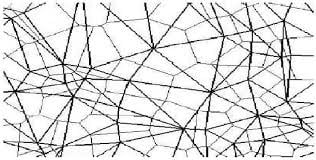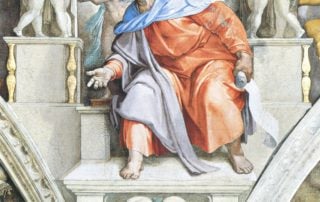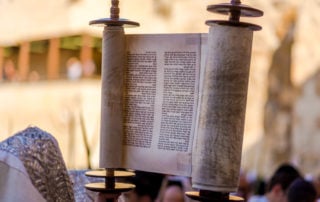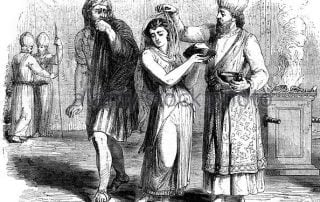Pentecost — The second major Jewish holiday of pilgrimage (Yomim Noraim) in the annual cycle, also spelled as Shavuos, Shvuos or Shavuoth
Sefirat HaOmer—A Study in Klal u’Prat
The forty-nine days between Passover and Shavuot are called the days of Sefira or the days of counting Omer—Sefirat HaOmer—when Jews count every day as the first day of the omer, the second day of the omer, and so on until on the Eve of Shavuot, when the last, forty-ninth day is counted. . . . And ye shall count unto you from the morrow after the day of rest, from the day that ye brought the Omer of the waving; seven weeks shall there be complete.Leviticus 23:21 Seven weeks shalt thou number unto thee; from the time the sickle is first put to the standing corn shalt thou begin to number seven weeks.Deuteronomy 16:9 This period is marked by semi-mourning with observance of such customs as avoiding haircuts, not shaving, not celebrating [...]


